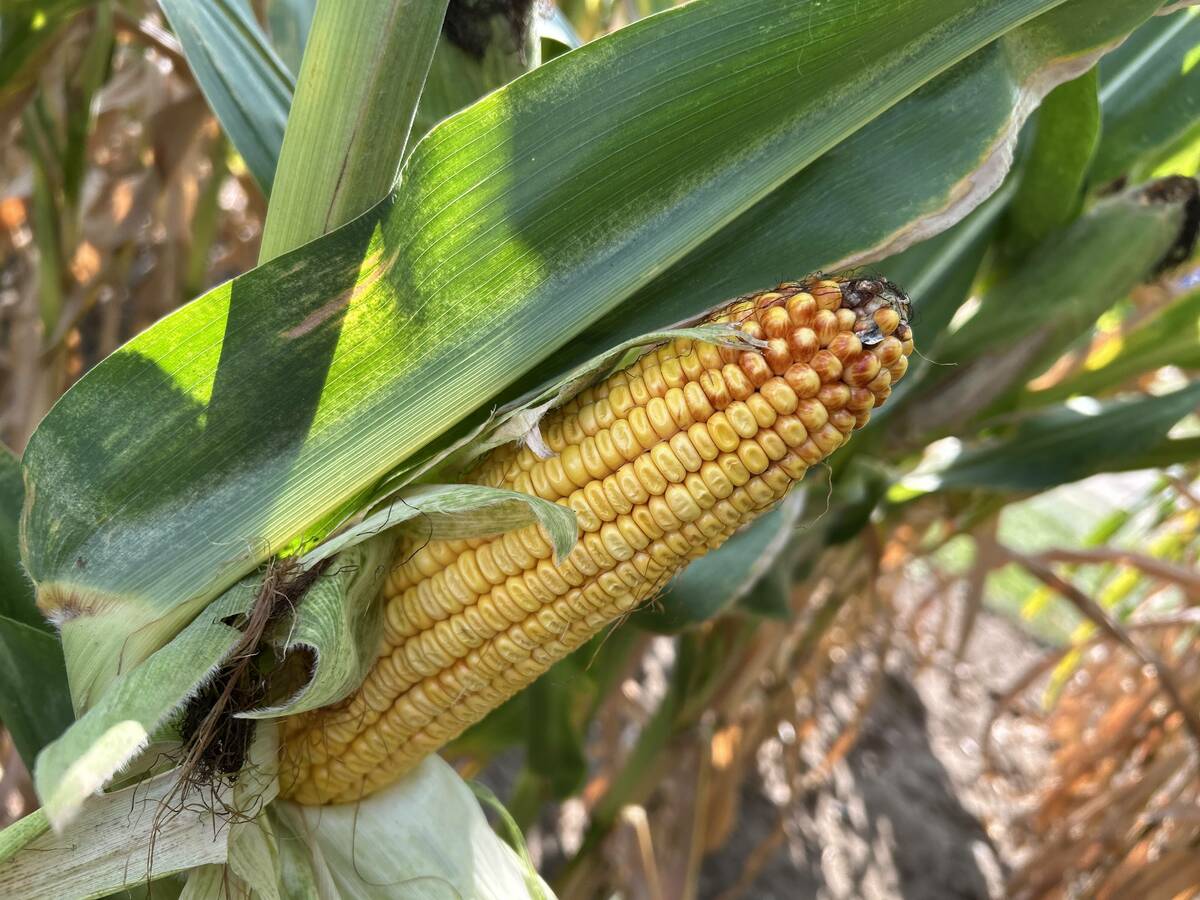North America’s growing energy needs are starting to change a constant frustration in the world’s grain markets dynamics: the ability of the United States to produce too much grain.
For decades, large parts of America’s huge, subsidized corn and soybean crops have been exported, depressing world prices.
This year for the first time, the United States Department of Agriculture forecasts ethanol plants will use more corn than the country exports. It is expected to start a long-term trend.
Ethanol production this year is expected to consume 1.6 billion bushels or 14 percent of the U.S. corn crop. That is expected to climb to 2.15 billion bu. or almost 20 percent in 2006-07 and as much as 22 percent by 2010.
Read Also

Crop estimates show mixed results
Model-based estimates used by Statistics Canada showed the 2025/26 crop year has seen increases in canola, corn for grain, oats and lentils production while seeing dips in spring wheat, durum wheat, soybeans and barley in comparison to 2024/25.
The USDA expects ethanol demand will be a major support for corn prices in the future.
The department held its annual outlook conference last week in Washington, D.C., and its forecast shows that the quicker biodiesel becomes a major consumer of soybeans the better, because the current oversupply of the oilseed looks like it will linger for at least another year.
USDA thinks the annual average corn price will be $2.15 US per bu. in 2006-07, up 25 cents from the $1.90 per bu. estimated for the current crop year.
The stronger price is based on soaring ethanol plant demand and reduced production due to fewer seeded acres and a return to trend yields.
Corn exports are expected to edge higher in the coming year, due mainly to reduced competition from Argentina, where corn production fell sharply this year.
The USDA’s wheat outlook could be summed up as more of the same.
The outlook for 2006-07 is for a little lower production, offset by slightly higher imports from Canada, resulting in almost steady total supply. It sees little change in domestic use or exports so the carryover into 2007-08 is expected to be similar to the year before.
With so little change in the supply and demand, it is not surprising that the average price outlook is unchanged at $3.40 per bu., the same as in the previous three years.
It might be surprising that the USDA put little emphasis on the southern drought threatening winter wheat production. But it rightly explained that there is only a weak correlation between early crop conditions and yields.
A wet spring could turn around the U.S. winter wheat situation. However, the U.S. National Weather Service Climate Prediction Center forecasts a warm, dry spring in the hard winter wheat belt.
If it remains dry into the spring and wheat futures rise, USDA expects spring wheat acreage will increase.
USDA expects weak oilseed prices will linger for at least another year.
The department sees area climbing to 74 million acres from 72.1 million in 2005, but yields will slip back to their trendline, down from last year’s record. That should produce a crop slightly smaller than last year’s near record. Coupled with a record large carry-in, the total supply for 2006-07 should be a record, USDA said.
But unlike corn, increasing domestic use from the bio-energy industry will not come to the rescue, at least not yet. USDA forecasts negligible soybean use for biodiesel production.
Exports are expected to be stable this year, resulting in another record carryout at the end of 2006-07, keeping prices low.














